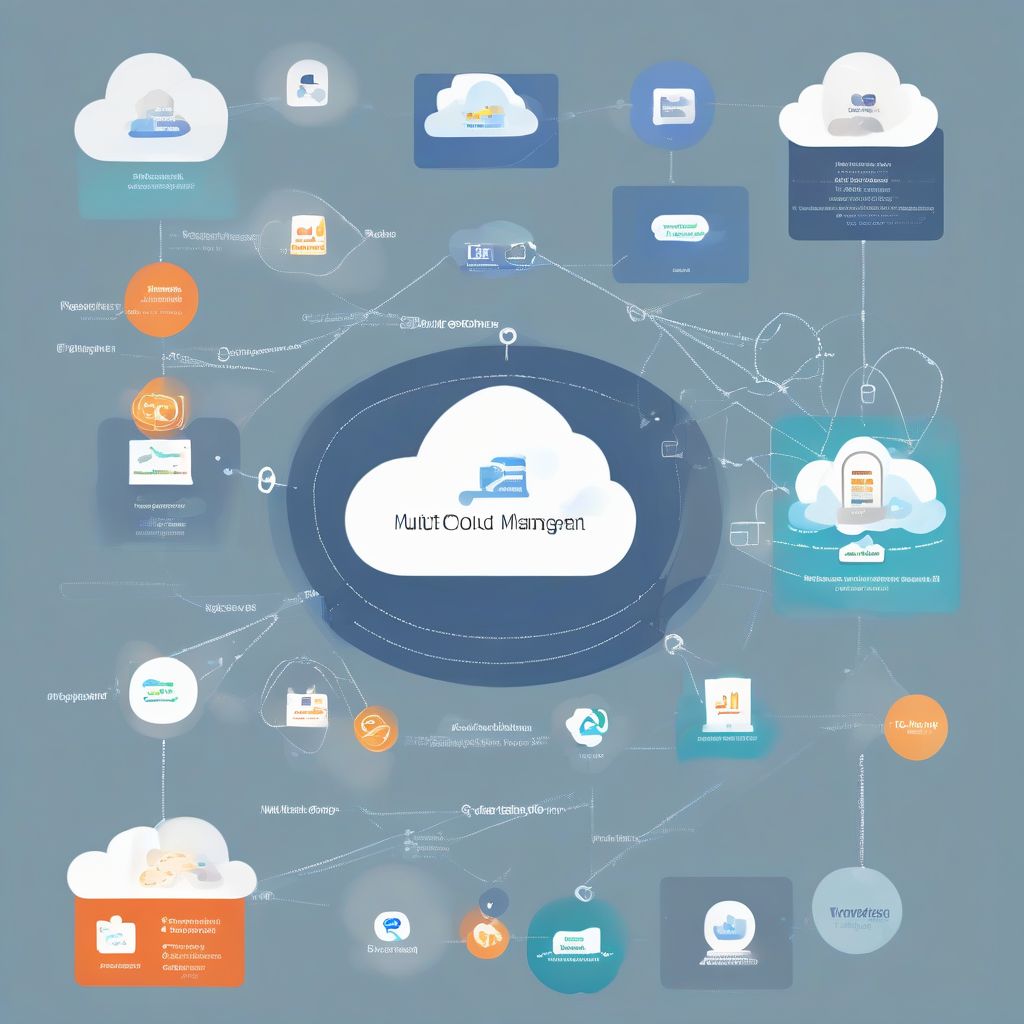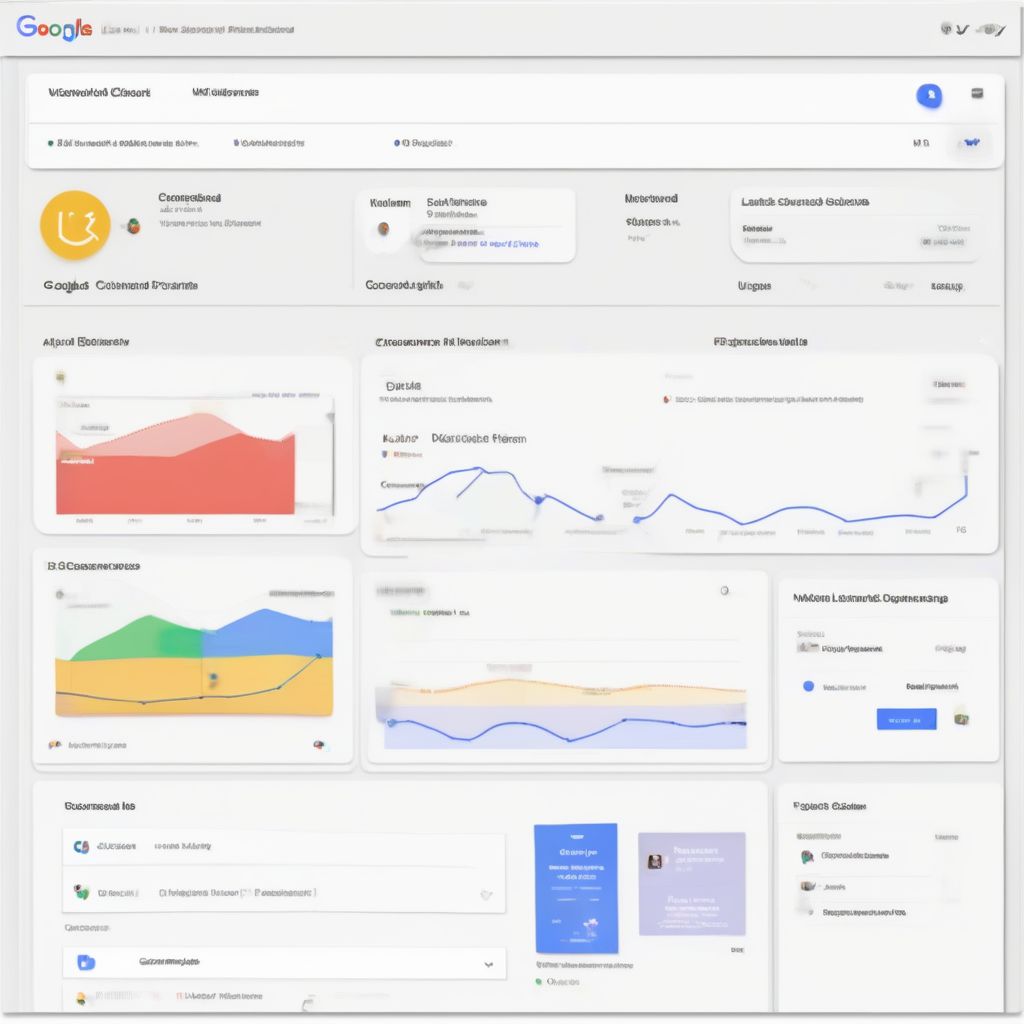In today’s digital landscape, businesses are increasingly adopting multi-cloud strategies to enhance flexibility, scalability, and cost-efficiency. However, this distributed approach to data storage introduces a new set of challenges, particularly in managing data effectively across different cloud platforms. This is where multi-cloud data management comes into play.
Understanding the Essentials of Multi Cloud Data Management
What is Multi Cloud Data Management?
Multi-cloud data management refers to the processes, technologies, and strategies used to control, govern, and utilize data that is stored across multiple cloud environments. It involves seamlessly integrating and managing data from various cloud providers like AWS, Azure, and Google Cloud, ensuring data consistency, accessibility, and security.
Why is Multi Cloud Data Management Crucial?
The importance of multi-cloud data management stems from the need to:
- Avoid Vendor Lock-in: Relying on a single cloud vendor can limit flexibility and bargaining power. Multi-cloud strategies provide the freedom to choose the best services and pricing models from different providers.
- Enhance Scalability and Performance: Distributing workloads across multiple clouds allows businesses to scale resources up or down dynamically, optimizing performance and reducing latency.
- Ensure Business Continuity: Multi-cloud environments offer redundancy and disaster recovery capabilities. If one cloud provider experiences an outage, operations can continue uninterrupted on another platform.
Delving Deeper: Addressing Common Queries
Let’s explore some frequently asked questions about multi-cloud data management:
What are the Key Challenges of Multi Cloud Data Management?
- Data Integration: Combining data from different cloud environments with varying formats and structures can be complex.
- Data Governance and Compliance: Maintaining data privacy and regulatory compliance across multiple platforms requires robust governance policies and tools.
- Security Concerns: Protecting sensitive data stored across different cloud providers necessitates a comprehensive security strategy.
What are the Benefits of Implementing a Multi Cloud Data Management Solution?
- Centralized Data Visibility: Gain a unified view of data residing across all cloud platforms.
- Simplified Data Management: Streamline data operations, such as backup, recovery, and disaster recovery, across multiple clouds.
- Improved Data Security: Enhance data protection and compliance with centralized security controls.
What are Some Popular Multi Cloud Data Management Tools?
- Cloud Data Management Platforms (CDMPs): These platforms offer a suite of tools for managing data across multiple cloud environments.
- Data Integration Tools: These tools enable the seamless transfer and integration of data between different cloud providers.
- Cloud-Based Data Warehouses: These services provide a centralized repository for storing and analyzing data from multiple sources, including different cloud platforms.
 cloud.mualaptophanoi.com/multi-cloud-data-management/">Multi Cloud Data Management" width="1024" height="1024">Multi Cloud Data Management
cloud.mualaptophanoi.com/multi-cloud-data-management/">Multi Cloud Data Management" width="1024" height="1024">Multi Cloud Data Management
Conclusion
As businesses continue to embrace multi-cloud environments, effective data management becomes paramount. Implementing the right strategies, tools, and expertise is crucial for harnessing the full potential of multi-cloud while mitigating associated challenges.
Have any thoughts or questions about multi-cloud data management? We’d love to hear from you! Share your insights in the comments below and let’s continue the conversation.


